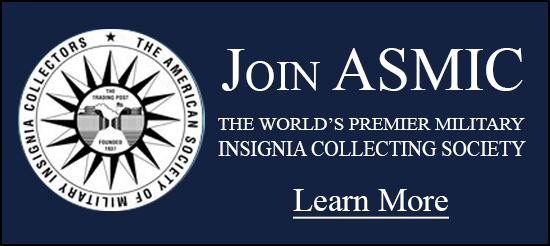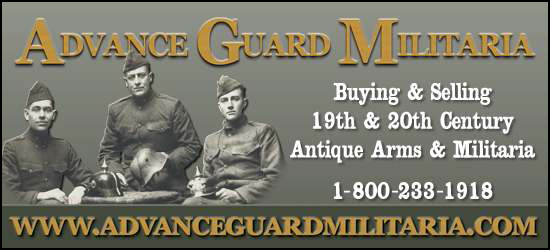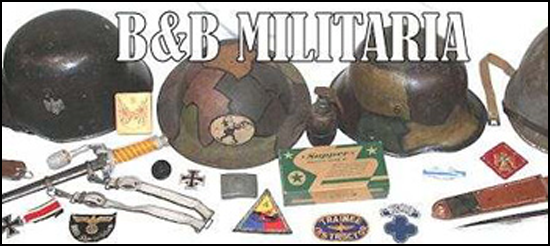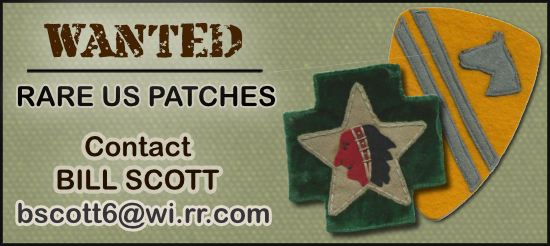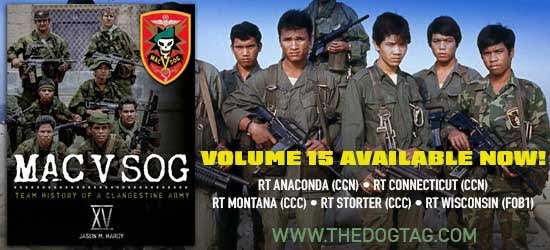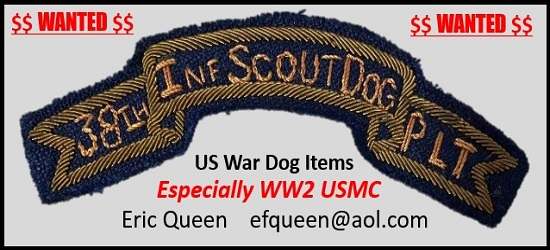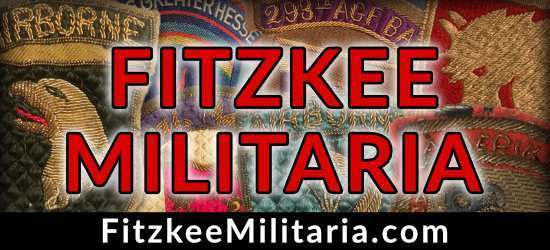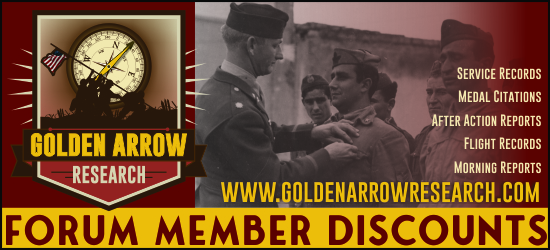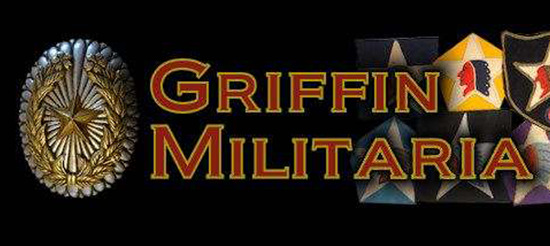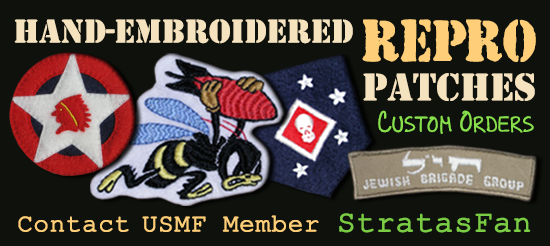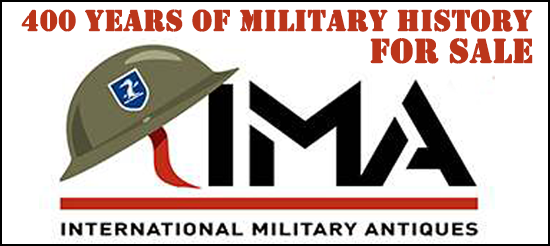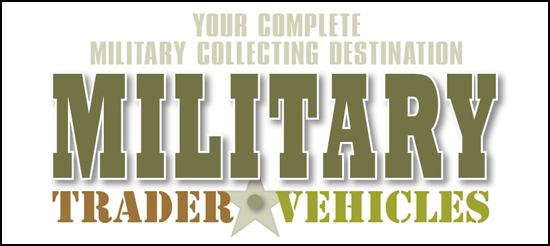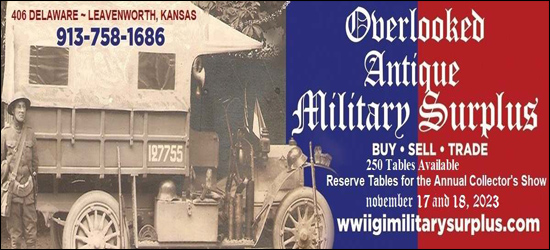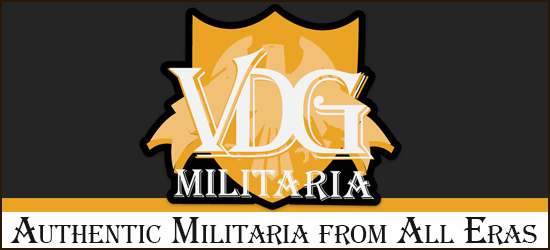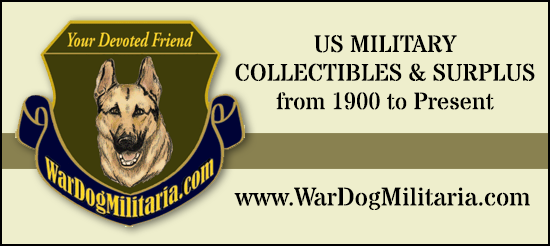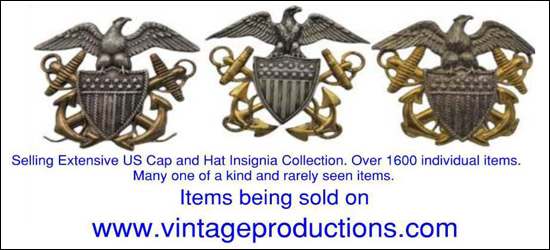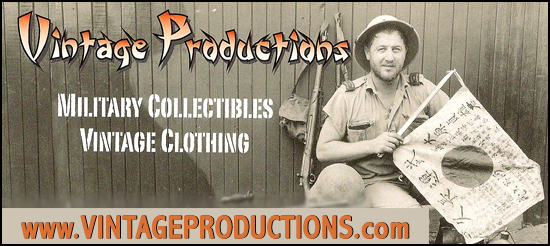-
Donate
Type donation amount in box below.
IMPORTANT! If you donate via PayPal using an e-mail address different than the one you are currently using on USMF and would like a 2022 Donor Icon added to your account, you MUST CONTACT vintageproductions or stratasfan and let them know what email address was used for the donation.
Thank you for supporting USMF.
Donate Sidebar by DevFuse -
Recent Posts
-

By Justin · Posted
Here's a vet owned bring back I saw on Facebook years ago. He wore grenade rings in his helmet band. -

By patches · Posted
Here's another GI armed with the FN FAL Rifle, here while trialing the de Lackner HZ-1 Aerocycle. -
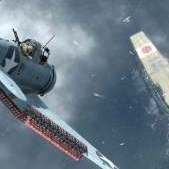
By Threewood · Posted
Thank you. These are currently listed on ebay. I thought maybe the gold color was the lighting or silver tarnish as the back is dark. Seller also has a bombadier wing that looks gold in color. -

By USMC_COLLECTOR · Posted
Hello. I am going to an event as a Korean War infantryman. Could I get opinions on my uniform before I go? Anything to change? It’s a M47 uniform with M48 boots. -
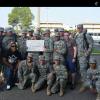
By JerseyDevil117 · Posted
Cool find, looks Japanese made too -

By patches · Posted
Curious indeed. See the 510th Tank Battalion was simply the old 10th Cavalry downsized and redesignated, see the 10th Cav's Buffalo Pocket Patch, it was formed in October 1950 and was at Camp Polk Louisiana, sent to Germany, around late 1952 where it was a separate Tank Battalion under the 19th Armor Group, and later the 4th Armor Group 7th Army, though by that time it was no longer an all Black unit. I can find nowhere where the 510th Tk Bn was assigned or attached to the 3rd Armored Division in Germany. So generally speaking, a 7th Army patch should be worn on the shoulder, while the 510 Triangle worn over the U.S. ARMY Tape, thus the curiosity. -

By Collector2 · Posted
Best part about that gap between grips and cross guard is that it only takes a quick glance to see how the cross guard is fixed in place eg. bent U shaped hoop or welded as some of the later made ones are. -

By bschwartz · Posted
They look ok to me although somewhat a crude strike. They match this one pictured on my website https://www.ww2wings.com/wings/usaaf/flightsurgeon/presleyclutchflightsurgeon.shtml I'll copy the photos into the post as well. Main difference is the one on my site is not sterling marked and is gold on the front and the back. Most of the gold flight surgeon wings are gold on both sides. Yours is a bit odd in that regard. The gold flight surgeon and flight nurse wings were not in use for very long before they were reverted to silver like the rest of the Army Air Force wings. I would place these in the WW2 timeframe but as Patrick has pointed out in other posts some of these wings continued to be made after the war. There were no hard cutoff dates in August of 1945. The gold would definitely be WW2 timeframe. Maker is not known at least not that I'm aware of. -

By BeansEnHay · Posted
I agree completely. Just on the island of Negros, the Japanese held up the Americans by leaving booby traps and snipers behind as they pulled up into the mountains. They didn’t start a general retreat (even higher) til the first week of June 45’ . It was another couple months before the U.S. scattered the remainder into the jungles below. The last few days before the surrender must have been bad ones for the survivors. Suicide, starvation, and vengeful Filipino guerillas were the only choices for them beside surrender. Even after the bomb went off, since nobody knew what that meant, none of these G.I.s were thinking about going home yet. They would be soon though. -
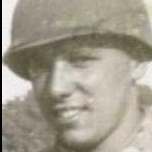
By tdogchristy90 · Posted
Story I wrote based off his OMPF file is below. This battle is so well know, please let me know if you find any glaring issues with the Midway history. Oswald J. Gaynier was born on March 4, 1915, to Ezra and Ada Gaynier of Monroe Michigan. He went to Monroe High School, and then to Michigan State Normal College were he graduated in 1940. While in college he was active on his school track team as well as worked for the Monroe Lumber Company. Both organizations gave glowing reviews of Oswald when he decided to apply for, and try to become, an aviation cadet. On December 16, 1940, Oswald Gaynier was appointed an Aviation Cadet at the United States Naval Reserve Aviation Base in Grosse Ile, Michigan. On December 30, he reported to the Naval Air Station at Pensacola, Florida for active duty and training. Following continued training at the Naval Air Station in Miami, Florida, Ensign Oswald Gaynier was appointed a Naval Aviator and commissioned in July 1941. In August of 1941 Gaynier reported to the Naval Air Station in Norfolk, Virginia, as part of Fleet Air Detachment, for additional training. Following his advanced carrier training, which included a course of instruction on Grumman aircraft, Oswald Gaynier was assigned to Torpedo Squadron Eight, Naval Air Station, Norfolk, Virginia. On June 4, 1942, during the Battle of Midway, Torpedo Squadron Eight made an initially attack run on Japanese carriers converging on the Island of Midway. The Japanese were trying to set a trap and engage the American Navy in a decisive, all out battle. The attack by the Squadron on the Japanese carriers was split between a force of 15 Douglas Devastator Torpedo Bombers taking off from the carrier USS Hornet and a smaller detachment of 6 Grumman Avenger Torpedo Bombers from Torpedo Squadron Eight who had flown from Hawaii to Midway to strengthen the American assets on the beleaguered island. Without fighter escort, facing defensive weapons from enemy carriers, as well as attacking Japanese fighters, all 15 of the slower, outdated Douglas Devastators flying from the USS hornet were shot down during their torpedo attack run on the Japanese carriers, with only one survivor. Of the detachment of 6 newer Grumman Avengers flying from Midway island, all but one plane was shot down with only two crewman surviving out of that force. Facing a withering defensive fire, slow lumbering planes carrying torpedo payloads, as well as faulty torpedoes, none of the aircraft from Torpedo Squadron Eight managed to hit any of the Japanese Carriers during the opening minutes of the Battle of Midway. The sacrifice of Torpedo Squadron Eight was not to be in vain however. As the American Torpedo Bombers attempted their run against the Japanese carriers, Japanese fighters defending their carriers had to descend to lower altitude to attack. This allowed for Douglas dive bombers to attack the Japanese carriers without interference as the Japanese fighters who went after the Torpedo bombers could not climb fast enough to defend their carriers. In the ensuing carnage, Japan lost four carriers compared to one for the Americans. The Japanese also lost the ability to project power into the Pacific and went on the defensive for the remainder of the war. In total, 45 of 48 men from Torpedo Squadron Eight lost their lives at Midway. Oswald J. Gaynier was a part of the detachment of Grumman Avengers from Torpedo Squadron Eight who flew from Hawaii to Midway in preparation for battle. Oswald J. Gaynier was killed in action on June 4, 1942 during the initial attack run by Torpedo Squadron Eight against Japanese carriers at Midway. He was 27 years old and posthumously awarded the Navy Cross for his actions at the battle of Midway. …
-
-
* While this forum is partially supported by our advertisers, we make no claim nor endorsement of authenticity of the products which these advertisers sell. If you have an issue with any advertiser, please take it up with them and not with the owner or staff of this forum.


